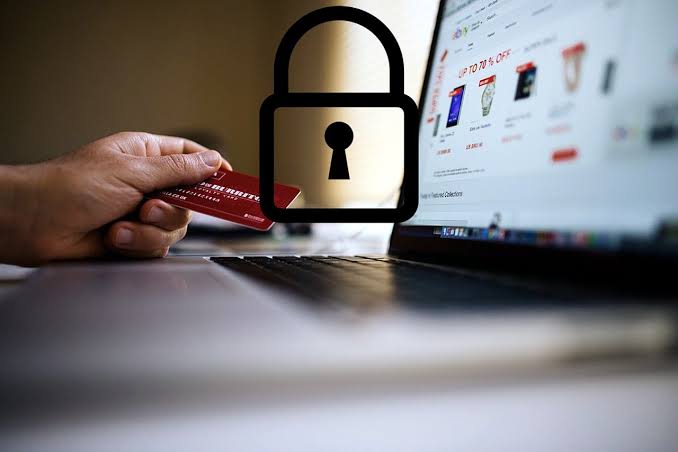Online transactions have become a normal part of daily life, from shopping to paying bills and transferring funds. While this convenience is valuable, it also comes with risks such as data theft, identity fraud, and scams. Protecting your financial information requires awareness and consistent use of secure practices to minimize threats.
Use Secure and Trusted Websites
The first step to safe online transactions is ensuring that the platform you are using is secure. Fraudsters often create fake websites that look identical to legitimate ones to steal sensitive information.
Key tips include:
- Always check for HTTPS in the website address before entering payment details
- Look for the padlock icon in the browser’s address bar
- Avoid clicking on random payment links from unknown sources
- Use official apps from verified developers instead of third-party download links
Enable Two-Factor Authentication
Two-factor authentication (2FA) adds an extra layer of security to your online accounts. Even if hackers get your password, they will still need a second verification step to access your account.
Ways to set up 2FA:
- SMS codes sent to your registered phone
- Authenticator apps like Google Authenticator or Authy
- Security keys or biometric verification
Use Strong and Unique Passwords
Weak or reused passwords are one of the most common ways hackers gain access to accounts. Creating strong passwords for each account helps reduce the risk of a data breach.
Password best practices:
- Use a mix of upper and lowercase letters, numbers, and symbols
- Avoid common words, personal details, or repeated patterns
- Use a password manager to generate and store complex passwords
- Change passwords regularly, especially for financial accounts
Avoid Public Wi-Fi for Transactions
Public Wi-Fi networks can be easily intercepted by cybercriminals, making them unsafe for sensitive transactions.
Safer alternatives include:
- Using your mobile data connection for payments
- Setting up a personal hotspot from your phone
- Using a Virtual Private Network (VPN) to encrypt your connection
Monitor Your Accounts Regularly
Keeping an eye on your bank statements and transaction history can help you detect suspicious activity early.
What to watch for:
- Unexpected charges or withdrawals
- Unrecognized purchases from unknown vendors
- Changes in account details without your consent
- Frequent login attempts from unfamiliar locations
Keep Your Devices and Software Updated
Cyber attackers often exploit outdated software and devices to gain access. Regular updates help fix these vulnerabilities.
Security update checklist:
- Keep your operating system updated on all devices
- Update web browsers and mobile apps frequently
- Install reliable antivirus and anti-malware software
- Enable automatic updates when possible
Be Cautious with Payment Information Sharing
The fewer people or platforms that have your payment details, the better. Cybercriminals often use phishing emails or fake calls to trick you into sharing sensitive data.
Safe habits include:
- Never sending credit card or banking details via email or text
- Avoiding saving card details on websites you don’t trust
- Using secure payment gateways such as PayPal or Apple Pay for added protection
Use Alerts and Notifications
Many banks and payment services offer real-time transaction alerts that notify you of any purchase or withdrawal from your account.
Benefits of alerts:
- Immediate detection of unauthorized activity
- Quick action to freeze accounts if needed
- Better financial tracking for your spending habits
Final Thoughts
Secure online transactions require a combination of technical precautions and personal vigilance. By sticking to trusted websites, using strong authentication methods, and monitoring your accounts closely, you significantly reduce the risk of cybercrime. In a digital age where threats evolve constantly, making these practices a habit ensures your financial safety while enjoying the benefits of online payments.




Good